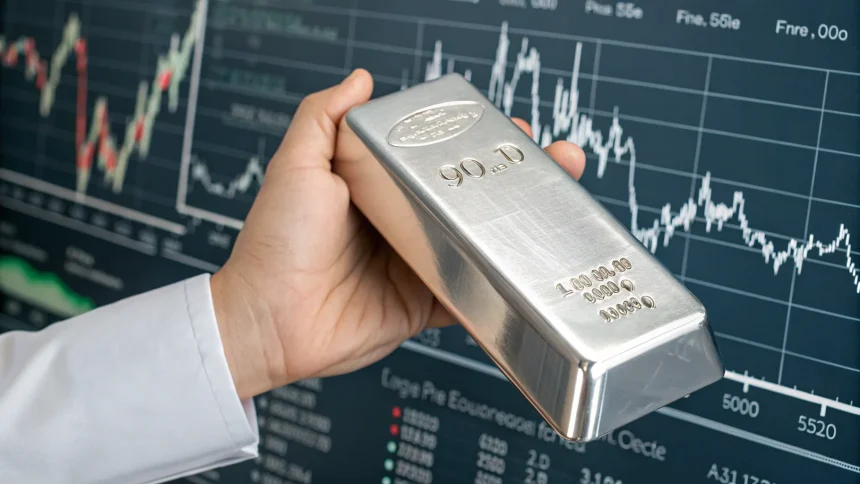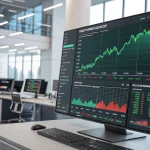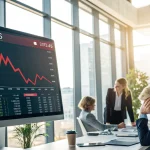With price pressures on the minds of many households and investors, silver is back in the conversation as a hedge. A recent market discussion framed the choice in simple terms and urged caution alongside opportunity.
If you’re worried about increased inflation, adding precious metals like silver to your portfolio can be a smart choice.
The comment reflects a long-running debate. Who should hold silver, how much, and for how long when inflation rises? The answer is not one-size-fits-all, but interest is growing as people seek protection.
History and context
Precious metals have often been used as a store of value in periods of rising prices. Gold gets most of the attention, yet silver has a track record of sharp moves.
During the late 1970s, when inflation was high, silver surged. It later fell hard, showing how gains can reverse. The metal climbed near $50 an ounce again in 2011 during economic stress, then sank in the following years.
Unlike gold, silver has wide industrial use. It is used in electronics, medical devices, and solar panels. That gives silver a demand story that is tied to the economy, not only to fear or currency trends.
Why silver comes up during inflation
Analysts say silver can act as a partial hedge when prices rise. The idea is simple. Hard assets may hold value when money loses purchasing power.
Silver is also priced in U.S. dollars, so dollar weakness can help it. Investors often pair silver with other hedges like Treasury Inflation-Protected Securities or commodities to spread risk.
The recent comment points to that approach. It suggests using silver as one piece of a broader plan, not the entire plan.
Risks and trade-offs
Silver prices are volatile. Daily swings can be large. That creates a risk for anyone with a short time horizon.
Silver does not pay interest or dividends. There is an opportunity cost when rates are high. Some investors prefer assets with income, especially if they need cash flow.
Holding physical silver brings storage and insurance costs. Price premiums on coins and bars can also add up when buying and selling.
Tax treatment can be complex. Depending on location and product, gains may face higher rates than stocks. Investors should check local rules before they buy.
Ways to gain exposure
There is more than one way to add silver to a portfolio. Each path has different costs, risks, and levels of liquidity.
- Physical bullion: coins and bars offer direct ownership but require safe storage.
- Exchange-traded funds: track silver prices and trade like stocks, with fund fees.
- Mining stocks: add business risk and can move more than the metal itself.
- Futures and options: for advanced users, with leverage and higher risk.
Many advisers suggest small allocations. A typical range discussed is a few percentage points of a portfolio. That can hedge inflation while limiting downside from sharp drops.
What the quote says—and what it leaves out
The statement that silver can be a “smart choice” speaks to its role as a potential hedge. It also hints at prudent sizing and diversification.
It does not claim silver always rises with inflation. Studies show the relationship can vary by period. Industrial demand, the dollar, and investor sentiment all play roles.
That is why plan design matters. Clear goals, a time horizon, and rebalancing rules can help manage swings.
Signals to watch
Investors tracking silver often watch a few key gauges. These include headline and core inflation, real interest rates, the dollar index, and manufacturing data.
Solar installations and electronics demand can also influence prices. Policy moves that affect energy or trade may shift the outlook for industrial use.
Positioning data in futures markets can hint at short-term momentum. Spikes in volatility often follow crowded trades.
The renewed focus on silver shows how inflation concerns shape portfolios. The message is measured: silver can help, but it is not a cure-all. Small, well-planned allocations, clear risk limits, and careful product choice remain key. In the months ahead, watch inflation trends, real rates, and industrial demand to gauge whether silver’s appeal holds or fades.







